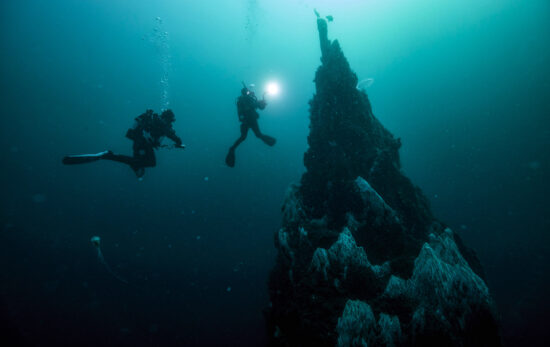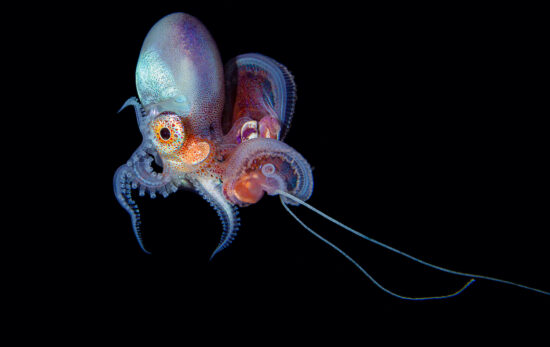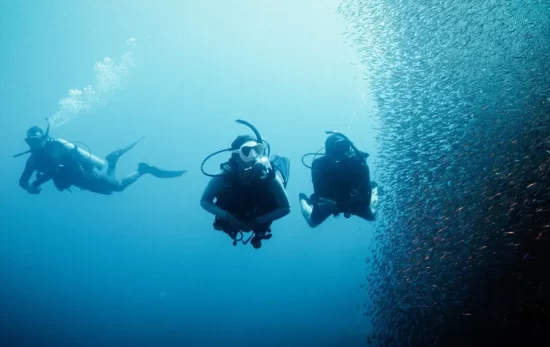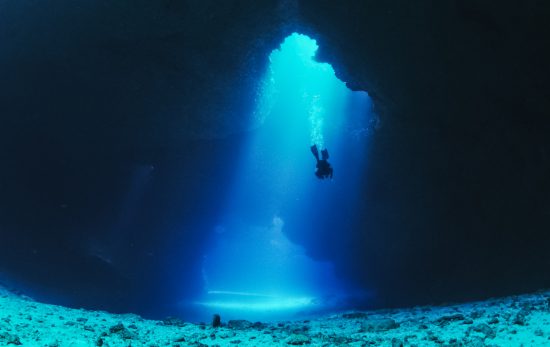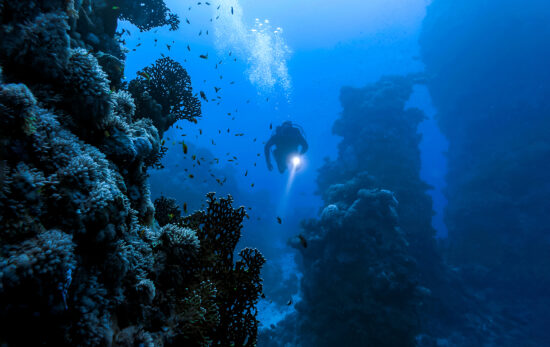Nitrogen narcosis (now more correctly known as gas narcosis) is a condition that affects scuba divers and, in rare cases, freedivers. Other names for gas narcosis (nitrogen) include: rapture of the deep, the martini effect, and depth intoxication. On a dive boat, however, you’re most likely to hear: Ever been narced?
What Is Nitrogen Narcosis (Gas Narcosis)?
Put simply, it’s an anesthetic effect caused by breathing compressed gas at depth, usually nitrogen. The National Institutes of Health (NIH) have a more detailed definition.
Divers should be able to recognize the symptoms of nitrogen narcosis in themselves or a dive buddy. According to the experts at Divers Alert Network (DAN), the most common symptoms include:
- Impaired judgment
- Difficulty concentrating
- Drowsiness
- Overconfidence and euphoria
- Feeling afraid
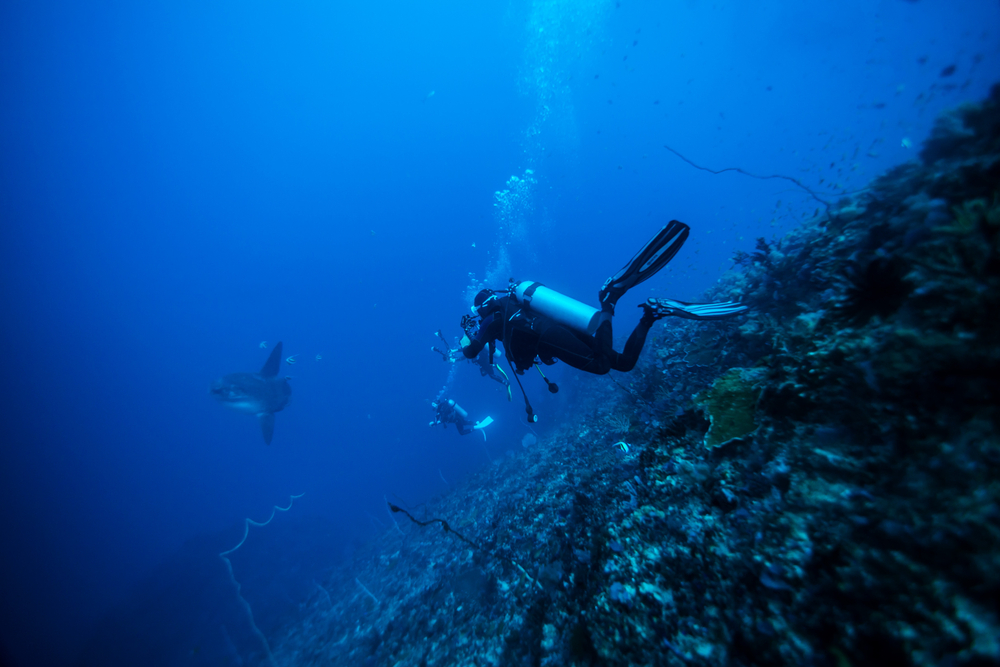
What Does Nitrogen Narcosis Feel Like?
Initially, nitrogen narcosis clouds your reasoning and judgment. That said, when you’re simply floating along with no decisions to make or tasks to complete, you may not realize you’re mentally impaired. Many divers have been narced without knowing it.
Next comes a feeling of euphoria. Divers compare the feeling to mild intoxication or getting the happy gas (nitrous oxide) at the dentist, but nitrogen narcosis affects everyone a little differently. Some divers feel anxious and pessimistic instead of elated.
At this point, if the diver does not recognize they are narced and keeps descending, they will lose physical dexterity. Now the situation is very dangerous. Going deeper can cause hallucinations, idea fixation, stupor, and much worse.
What You Can Do To Help Identify Nitrogen Narcosis
Knowing how to identify and avoid depth intoxication is an important safety skill. That’s why the PADI Deep Diver Specialty course includes an activity to measure impairment at depth. At the surface, you’ll complete an activity that requires reasoning, such as a math problem or a simple puzzle. Some instructors like to use one of those toys with different-shaped holes in it (a shape sorter with circles, triangles, etc.).
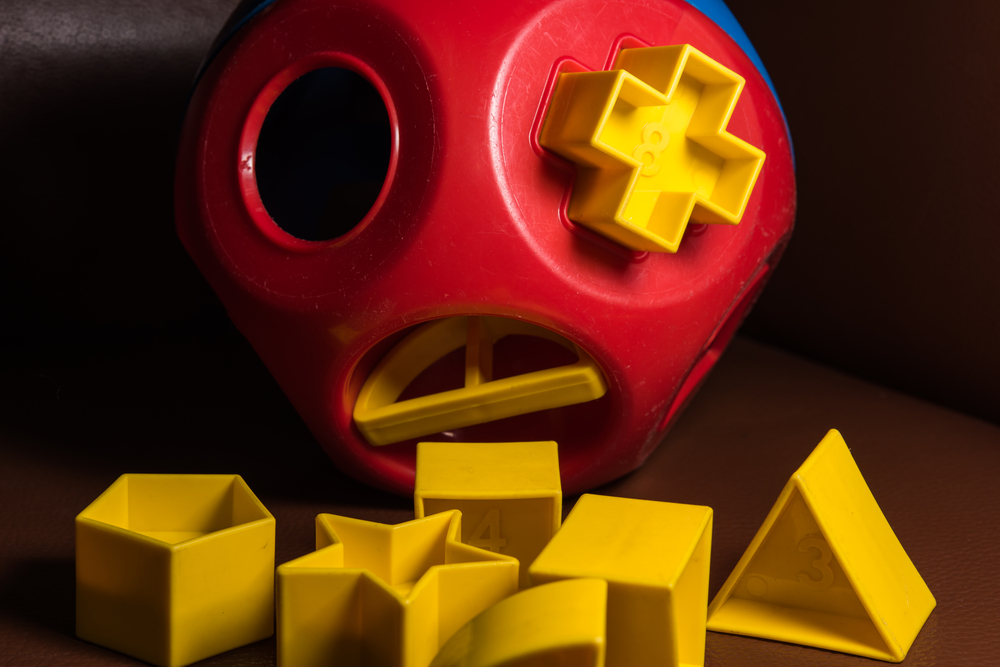
Underwater, your instructor will ask you to repeat the same task at a depth of at least 18m/60ft, but with a slight variation. If, at the surface, your instructor asked you to subtract two large numbers, underwater the numbers will be different. For students using the aforementioned toy, the instructor might have them put the triangle shapes in the ball at the surface, then ask them to do the circle shapes underwater.
Your instructor will record how long it takes you to complete both tasks. At depth, you may find the task is more confusing or takes longer to complete. The purpose of this activity is to help you understand how gas narcosis may affect you – and to help you to understand that it may be effecting you without you even realizing! It’s one of several important things you’ll learn in the PADI Deep Diver Specialty course.
Other Frequently Asked Questions About Nitrogen Narcosis
Still have questions about nitrogen or gas narcosis? We’ll answer some of the most commonly asked questions below.
Is nitrogen narcosis the same as the bends?
No. Both are caused by breathing compressed nitrogen, but decompression sickness and nitrogen narcosis are not the same. The bends is a common term for decompression illness which is related to pressure and is completely separate to nitrogen narcosis. The two are not related. Learn more about how to identify decompression illness here.
At what depth does nitrogen narcosis happen?
Every body is different. Some people love spicy food, while others can’t tolerate it. Some people are more susceptible to COVID, while others seem to suffer no symptoms. Nitrogen narcosis is no different. Some divers feel the effects at 30m/98ft, while others won’t feel anything until they reach the recreational limit of 40m/130ft.
You might be wondering, does using a gas blend with less nitrogen, such as enriched air, reduce the risk of getting narced? According to a recent study – no. Additionally, the risk of oxygen toxicity increases when using enriched air below 30m/98ft. Learn more in the PADI Enriched Air Diver course.
What is the treatment for nitrogen narcosis?
The first step is for the diver or their dive buddy to recognize the symptoms. The next step is to slowly ascend until the diver feels normal again. It is not always essential to end the dive and surface. As the diver shallows up and returns to normal, the dive may be continued but under no circumstances should the divers descend again. If the diver does not return to ‘normal’, the dive should be aborted and medical attention requested (see below).
How long does nitrogen narcosis last?
The diver should start feeling normal within a few minutes of ascending to a shallower depth. If the symptoms do not resolve, end the dive and seek medical assistance.
Can you get narced while freediving?
According to Akim Ladhari, founder of Blue Immersion Freediving, nitrogen narcosis can happen to freedivers. It’s more common when diving below 70m/229ft.
Why does nitrogen narcosis occur?
Scientists aren’t 100 percent sure, but they’ve identified some factors that increase the likelihood of experiencing it:
- Depth
- Fatigue (this may be from lack of sleep or physical fatigue from over exertion prior to diving)
- Alcohol intoxication prior to the dive
- Cold water/hypothermia
- Anxiety
The easiest way to avoid getting narced is to limit your diving depth to 30m/98ft or shallower – especially if you’re feeling tired or anxious. The PADI Deep Diver Specialty course will teach you how to identify and prevent nitrogen narcosis among many other helpful things.
Gain deep diving experience with a PADI Instructor by your side. Watch the video below, or contact your PADI Instructor or Dive Shop for more information.
Become a PADI Rescue Diver
Do you work well with others or under pressure? Do you enjoy helping others and preventing, avoiding or handling emergency situations? If these are situations that interest you, then the PADI Rescue Diver certification may be your calling.
PADI Advanced Open Water Divers with an up-to-date Emergency First Response certification may take the PADI Rescue Diver Course. Once you embark on the course you will soon see why many divers report that this is the most rewarding course they have ever taken!
If you are planning to become a professional diver and work in the diving industry, the PADI Rescue Diver certification is also a pre-requisite for taking the PADI Divemaster course.

